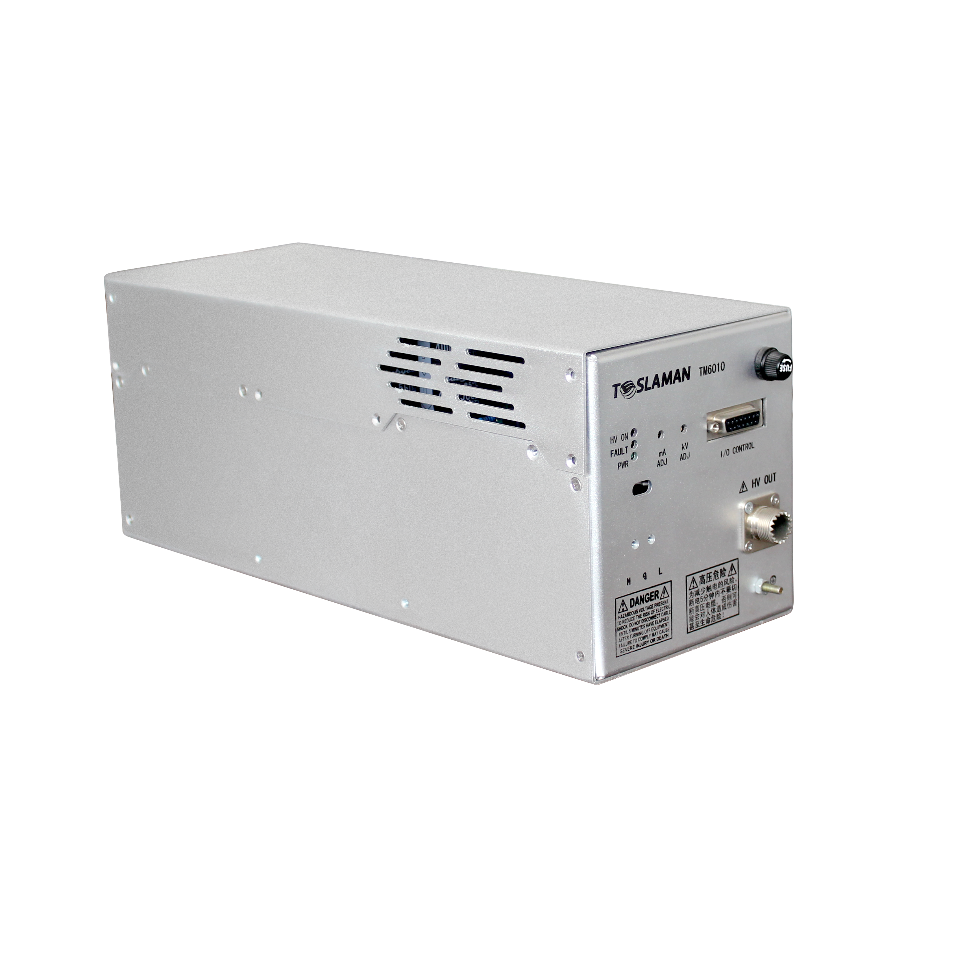Precision Control of High-Voltage Power Supplies Reduces False Alarms in Explosive Detection Systems
In security and counter-terrorism applications, the reliability of explosive detection systems hinges on the stability of their high-voltage power supplies. Traditional devices with false alarm rates exceeding 1% often suffer from signal distortion caused by power fluctuations. Innovations in power design can reduce this rate to 0.1% through the following advancements:
1. Power Stability and False Alarm Mechanisms
High-voltage powers supplies drive detectors (e.g., LYSO scintillators, X-ray tubes). Their performance directly impacts signal quality:
Voltage Accuracy: ±0.5% voltage ripple is mandatory, as ±1% fluctuation induces ±0.5% measurement error .
EMI Interference: High-frequency noise (30–100 MHz) from switching power supplies obscures explosive signatures (e.g., TNT’s 4.43 MeV nitrogen peak) .
2. Intelligent Power Control
Time-Series Analysis: CNN and GNN algorithms detect voltage anomalies within milliseconds, cutting response time by 80% compared to traditional feedback systems .
Dynamic Voltage Adjustment: Adaptive voltage (130–450 kV) and current (1–10 mA) regulation minimize scatter noise based on object density .
3. Anti-Interference Strategies
Hardware Shielding: Lead-steel composite shields and μ-metal enclosures reduce 30–50 MHz radiation by >15 dB .
Dual-Window Filtering: Combining narrow energy windows (C/O peaks) with wide time windows (5–10 ns) improves material differentiation accuracy by 40% .
4. Future Challenges
Penetration Limits: Neutron moderation in concrete >15 cm thick requires dual-modal neutron/photon sources .
GaN/SiC Integration: MHz switching frequencies demand nanocrystalline shielding materials .
Conclusion: Transforming high-voltage supplies from energy providers to intelligent controllers is pivotal for achieving near-zero false alarms. Future systems will leverage AI and quantum sensing to simultaneously boost accuracy and safety.




















